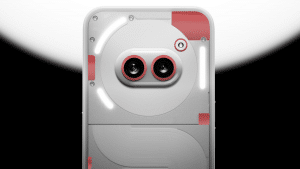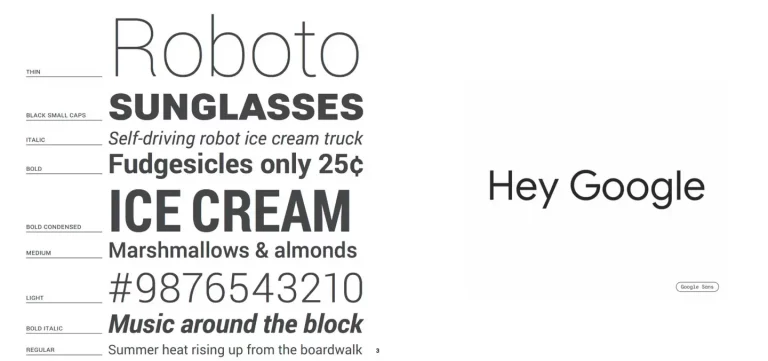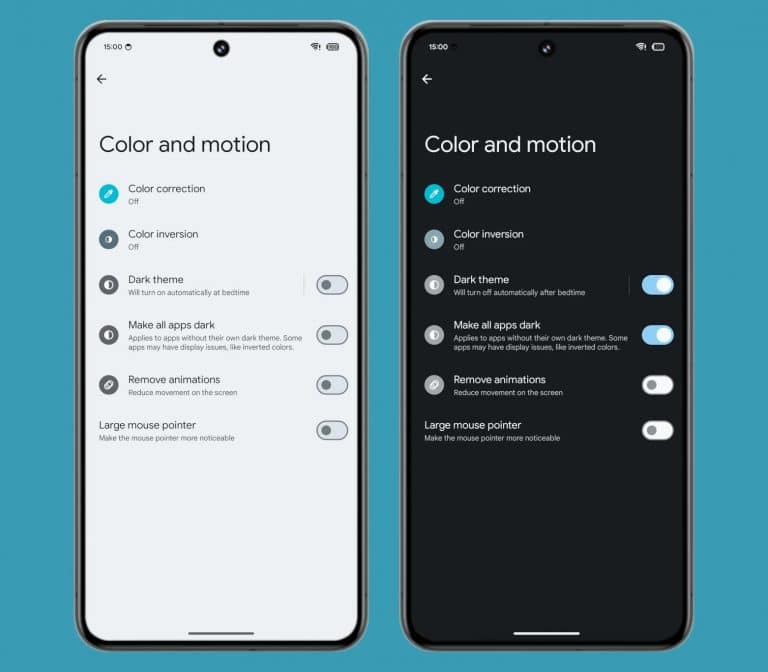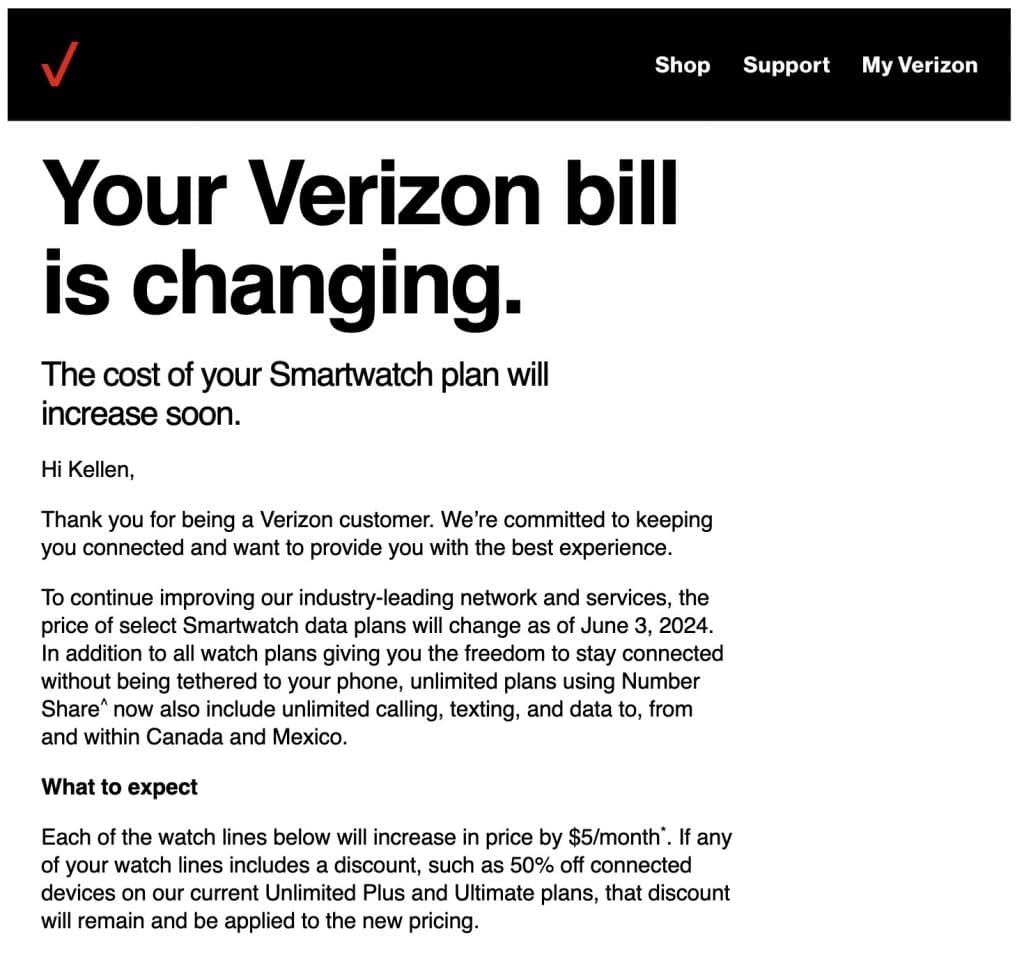The recent lawsuit filed by the United States Department of Justice (DOJ) against Apple has reignited the debate surrounding the interoperability of the Apple Watch with Android devices. The DOJ alleges that Apple’s practices create a monopolistic situation within the smartwatch market, hindering competition and consumer choice. This article delves into the arguments presented by both sides, exploring the technical challenges and potential economic motivations behind Apple’s current stance.
The Apple Watch and Android: A Locked Ecosystem or Technical Hurdle?
DOJ’s Argument: Limited Choice and Stifled Innovation
At the heart of the DOJ’s argument lies the notion that Apple’s walled garden approach restricts consumer choice. The initial setup of an Apple Watch requires an iPhone, effectively locking users into Apple’s ecosystem. The DOJ asserts that this requirement “prevents iPhone users from choosing other phones.” Furthermore, they argue that by replicating smartwatch technology from competitors and then limiting its functionality to iPhones, Apple hinders innovation and stifles the growth of the broader smartwatch market.
The cost factor plays a significant role in the DOJ’s argument. Expensive smartwatches like the Apple Watch create a strong incentive for users to stick with phone brands that ensure compatibility. Since the Apple Watch exclusively works with iPhones, the DOJ suggests that users are discouraged from switching to Android phones, fearing they would have to abandon their existing smartwatch investment. This, in turn, limits competition in the smartphone market.
The DOJ further contends that Apple intentionally restricts the capabilities of third-party smartwatches designed to work with iPhones. By doing so, Apple allegedly maintains a clear advantage for the Apple Watch, further incentivizing users to remain within the Apple ecosystem.
Apple’s Defense: Technical Limitations or Strategic Decisions?
Apple refutes the DOJ’s claims, asserting that technical limitations, rather than economic motives, prevent Apple Watch compatibility with Android. According to reports from 9to5Mac, Apple acknowledges having explored Android compatibility for the Apple Watch over a three-year period. However, they claim this endeavor was ultimately abandoned due to insurmountable technical hurdles. Whether this explanation will satisfy the DOJ remains to be seen.
The DOJ counters Apple’s defense by citing internal emails from Apple executives. These emails allegedly acknowledge the Apple Watch’s potential to “help prevent iPhone users from changing phones” and express concerns that Android compatibility would reduce the “differentiation of iPhone” devices.
Gizchina News of the week
These internal communications raise questions about Apple’s true motivations. While technical limitations undoubtedly play a role in device compatibility, the internal emails suggest a potential strategic intent to maintain a locked ecosystem that strengthens iPhone sales.

Project Fennel: A Glimpse into the Past
News of Apple’s past efforts to make the Apple Watch Android-compatible is not entirely new. Last year, Bloomberg reported on “Project Fennel,” an internal initiative where engineers dedicated considerable time to Android compatibility. The project’s alleged cancellation at the last minute fueled speculation that Apple prioritized maintaining a key differentiator for the iPhone over fostering interoperability.
Apple’s recent confirmation of Project Fennel, coupled with their claim of technical limitations, adds a new layer to the ongoing debate. While the technical challenges cannot be discounted, the timing and rationale behind the project’s cancellation cast doubt on Apple’s solely technical explanation.
The Future of Smartwatch Interoperability
The outcome of the DOJ lawsuit will have significant implications for the future of smartwatch technology. If the DOJ prevails, Apple might be forced to open up the Apple Watch to Android devices, fostering greater competition and innovation within the smartwatch market. Alternatively, if Apple successfully defends its current practices, the walled garden approach might continue, potentially limiting consumer choice and hindering the growth of a more diverse smartwatch ecosystem.
Beyond the Legal Battle: User Experience and Vendor Lock-in
The debate surrounding Apple Watch and Android compatibility extends beyond legal arguments. A crucial factor to consider is user experience. Apple’s WatchOS enjoys a reputation for user-friendliness and seamless integration with the Apple ecosystem. Opening the Apple Watch to Android might necessitate compromises on user experience. Potentially leading to a less cohesive user journey across different platforms.
Furthermore, vendor lock-in plays a significant role in consumer behavior. Users who have heavily invested in one ecosystem – apps, subscriptions, and data synced across devices – might be reluctant to switch to another platform for fear of losing valuable data or functionality. This phenomenon presents a significant challenge to fostering greater interoperability, regardless of any legal rulings.
Conclusion: A Balancing Act
The debate surrounding the Apple Watch and Android compatibility presents a complex challenge. Balancing innovation and competition with user experience and vendor lock-in demands careful consideration. The outcome of the DOJ lawsuit will undoubtedly be a landmark decision for the smartwatch industry, setting a precedent for future practices. Regardless of the legal outcome, ongoing technological advancements might pave the way for greater interoperability in the future.
Via: gizchina.com










